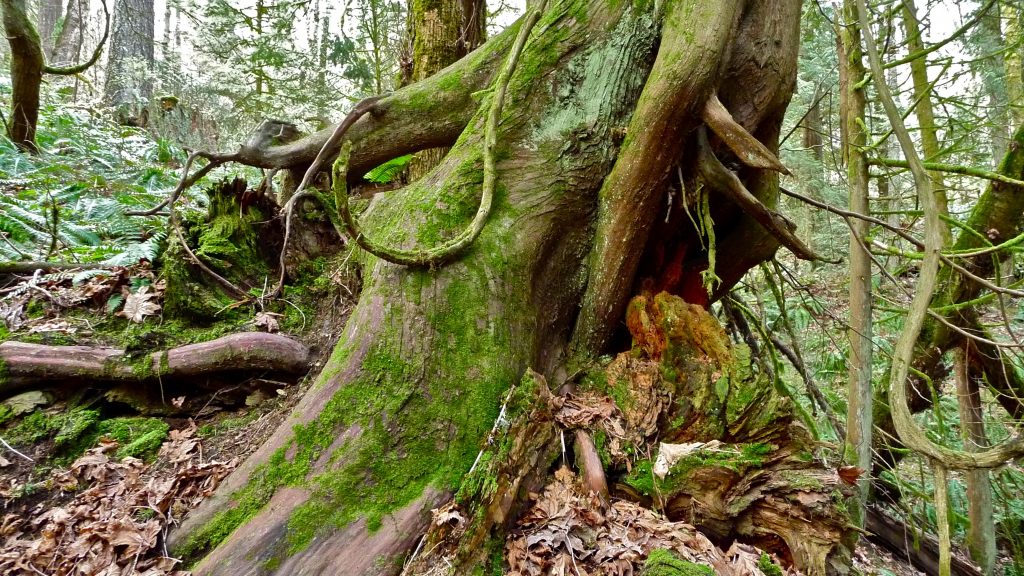Tree Reports
For Construction Sites
As arboricultural report providers, we place these recommendations within our reports in a format that the LPAs both like and understand, but we also endeavour to provide reports that can be understood and used by building contractors as well.

There are four elements to a report, they are as follows:
This helps us to understand what impact a particular construction project will have on the surrounding trees. These trees may be on the site in question, or in surrounding areas. It also helps us to understand what impact the trees may have on the new development, and gives the architects a good idea of any relevant adjustments that they might need to make to the plans.
This drawing shows the proposed development along with the trees that are to be retained, and all of the recommended protection measures. Once this has been approved by the LPA it would require further permission from them to change it. This also applies to the specification of the protection measures.
Many Local Planning Authorities (LPA) will ask for a tree or arboricultural report to be obtained by a property developer before they will grant planning permission for a construction project. Sometime the LPA will grant planning permission without such a report, and then ask for one as a planning condition.
There is a British Standard which makes recommendations for the execution of the surveys that would result in this type of report. It also sets out protection measures for the trees and suggests some construction methods that should be used in some of the more problematic area. This standard is BS5837:2012.
